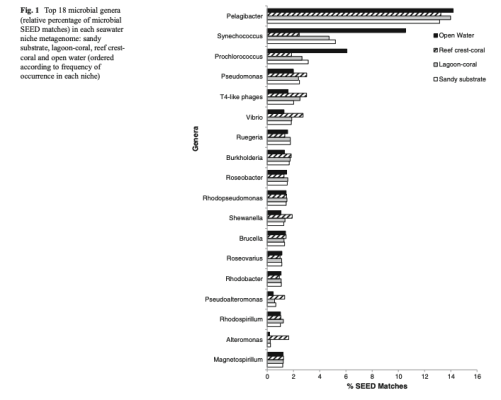sixty_reefer
5000 Club Member
View BadgesArticle Contributor
UK Reef Club Member
Hospitality Award
R2R Research
I completely agree with everything you said, And your last paragraph could be of great importance to new reefers not being aware of the change of bacterial nutrient needs over the course of a system.Thanks. Interesting thread with lots of interesting ideas, some of which get complicated to sort out.
A general data point in agreement with the thread premise, when I measured the nitrifying ability of sand - from my tank and from a LFS tank. I found that both had a low but measurable amount of traditional nitrification. A couple of tenths ppm ammonia/day - converted to NO2 and NO3 without Carbon additions. This is less than you get out of a bottle of biospira on day 1. And what you get out of a bottle of biospira on day 1 - triples or more in capacity over a ~9 day traditional ammonia feeding cycle.
So after a normal cycle - traditional nitrification of ammonia->NO2->NO3 is dominant, but over time our tanks (some of them at least - aquabiomics finds coral systems with high nitrifiers too article here) settle in to a stable system where the traditional nitrifiers occupy a small role, and uptake of ammonia by algae, corals, heterotrophs (fed by Carbon in food, C released from algae, or carbon dosing) are all also consumers of ammonia.
But the other thing that I found was that the sand - although it had low levels of nitrification, it was responsive to ammonia and sped up with repeated additions. This probably means that if I change my feeding to meatier foods, pull the algae out of my sump, cut my photoperiod in half, stop vinegar/vodka additions etc- then the sandbed nitrifiers would respond and increase in population and pick up the slack.
All this is to say that the status quo of building capacity of traditional nitrification through a bottle and cycling - then switching to fish food and never thinking about ammonia again actually isn't that bad of a system. After that, our tanks respond quite well (in terms of ammonia control) to whatever regime we impose on them after that.
(I personally would feel less good about a system I started with just heterotrophs. There's a failure mode there where if the food is too much or too meaty, then they run out of carbon and just sit there looking at excess ammonia until algae can pick up the slack. Statistics about how fast heterotrophs can grow and multiply are mostly irrelevant, since our systems stay Carbon limited.)
This could be the reason why so many struggle to keep undesirable algaes under control in new systems.



















